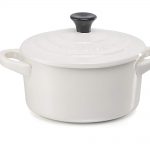 Buy Now →
Buy Now →
Wild rice is a great option for Meal Planning or Batch Cooking. It’s nutty and delicate taste makes this food a delicious ingredient to be used in different dishes; such as salads or Buddha Bowls. If you haven’t tried it yet, you can find all of the answers to your questions about how to cook wild rice in this post.
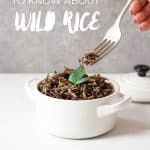




Heads up: some products I mention below may contain affiliate links and should you decide to buy anything, with no extra charge for you, you are contributing to having more free content on this blog.

What is wild rice
Botanically speaking, wild rice is not rice, but it’s the seed of a species of marsh grass. However, the long and narrow cylindrical shape of its kernels makes it look like pigmented rice.
This uncommon cereal belongs to the Zizania genus. There are four species that belong to this genus: Zizania palustris L., Zizania aquatica L., Zizania texana H. and Zizania latifolia G. The first three are native to North America and the fourth to Asia. [1]
It used to be a staple food for Native Americans and it used to be harvested by hand. Nowadays, most of the wild rice that we find at the supermarket has been cultivated in Minnesota and California.
Real Wild rice has a slightly chewy texture and it’s naturally gluten-free. It’s a great addition to any healthy diet.
It’s more expensive than other types of rice, and the real wild type is more expensive than the cultivated type.
Wild rice vs. black rice
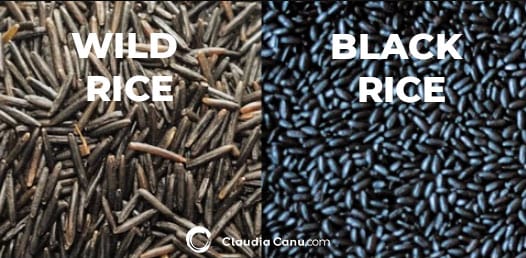
As we have just said, wild rice (also called Canada rice, Indian rice, and water oats) is four species of grasses forming the genus Zizania and the grain that can be harvested from them. It was traditionally grown wild in isolated lake and river bed locations. [2]
Black rice, however, (also known as purple rice or forbidden rice) is a range of rice types of the species Oryza sativa L., some of which are glutinous rice. It was historically grown in China. [3]
Wild rice and black rice are different species and they also look different; however, both have a dark color. Black rice kernels have a very similar shape as other types of rice, while the wild type has much longer and thinner kernels.
What do I need to cook wild rice
The easiest way to cook it is on the stovetop and you just need:
- A pot with a lid
- Wild rice
- Water
- Salt

How to cook it
This rice absorbs water slowly and takes longer to cook than any other types of rice, with an average cook time of 40 minutes.
Since the cooking time might change depending on the type, an option would be to cook it in abundant water, like pasta, and get rid of the excess water once the desired texture has been reached.
The first time you cook wild rice, you might want to use a rice-to-water ratio of 1:3, 1 cup of rice for 3 cups of water.
However, once you get to know your rice, you could adjust the quantity of water so that the rice will get your desired texture, once it has absorbed all of the water.
STEP BY STEP PICTURES ON HOW TO COOK WILD RICE

STEP 1: Add water and salt into a pot and bring it to a boil.
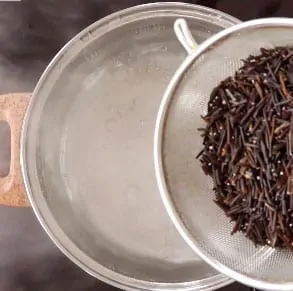
STEP 2: Rinse the rice, add it to the boiling water and stir.
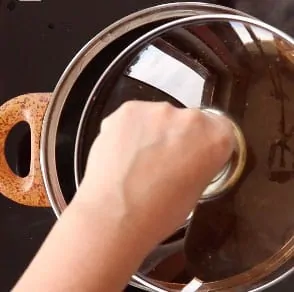
STEP 3: Cover the pot with a lid and bring it to a boil again. Turn the heat to medium-low and leave the lid slightly open.
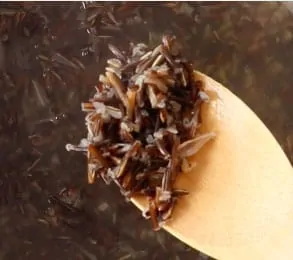
STEP 4: Let it simmer for 40 to 45 minutes. After 40 minutes, check the texture. It shouldn’t be hard in the middle.
Some people prefer to eat their grains a little hard, some people prefer them very soft. Depending on your preference, add or subtract cooking time.
When the kernels start bursting open, the texture of this rice is chewy, but when cooked longer, it becomes softer.
If you are cooking this rice for the first time, I recommend that you try its texture after 40 minutes. If you like the texture before it has absorbed all of the water, you can just strain the remaining liquid out.
It can also be popped like popcorn, using a pot on the stove, the same way you’d do with corn. However, it’d make some quite expensive “pop rice” 😉
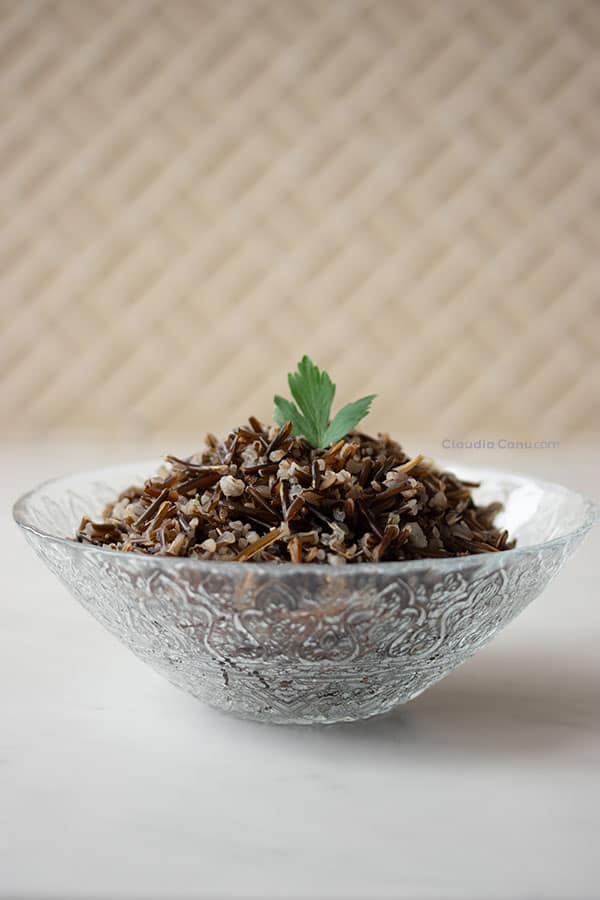
Is it necessary to soak or rinse it before cooking?
It’s always a good idea to rinse the rice before cooking; this is valid for any type of rice.
An option to do so is to use a strainer and wash it under tap water until the water becomes more or less clear.
You can also add the rice and water into the same pot that you are going to use to cook the rice, giving it a good stir to get rid of the water before adding the fresh one for cooking.
Opposed to legumes, it’s not necessary to soak this rice prior to cooking. Soaking it might shorten the cooking time, but it will also alter the texture.
WATCH HOW TO COOK WILD RICE (46 sec.)

How to store and how long cooked rice lasts
Cooked wild rice can be stored in the fridge, in an airtight glass container, for about 5 days.
Some people suggest freezing it after cooking it, but it’s important to know that, once thawed, it’ll have a completely different texture transformed into a mushy one.
Wild rice nutrition
This rice is naturally gluten-free and, of course, vegan. It’s rich in fiber and protein.
As per the USDA, 100 grams of cooked wild rice contains 4 grams of proteins, most of it represented by the amino acid called lysin. [4]
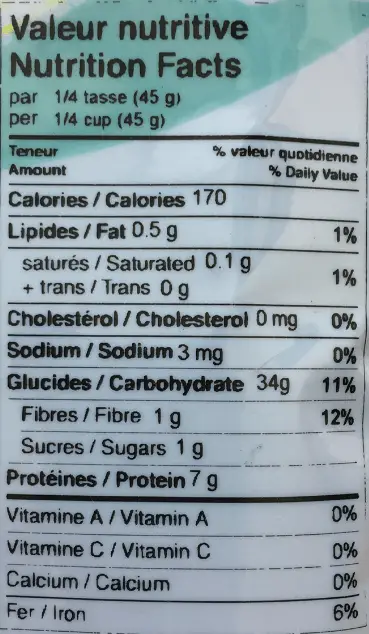
Nutrition Facts for a Canadian Wild Rice
Wild rice benefits
The dark color of its kernels indicates the presence of anthocyanins, a defense mechanism for the plant that is beneficial for human health. [5]
This type of rice contains important B vitamins and minerals; such as magnesium, iron, phosphorus, and manganese. It’s also rich in various antioxidants phytochemicals and fiber. [6]
As written in the publication “Nutritional constituents and health benefits of wild rice”, “Recent scientific studies have revealed antioxidant and lipid-lowering properties of wild rice, while others have documented cardiovascular benefits associated with the long-term consumption of wild rice in experimental settings.”
It also helps reduce cholesterol, is beneficial to digestion and can reduce heart disease.
So, is wild rice good for you? I would definitely say a big yes!
How to use it in recipes
Possibly because of its high price, it’s commonly mixed with other types of rice, creating a mix used as a side dish or for salads.
It’s often used also in pilafs, soups, stuffings, casseroles or, more recently in Buddha Bowls like this one.
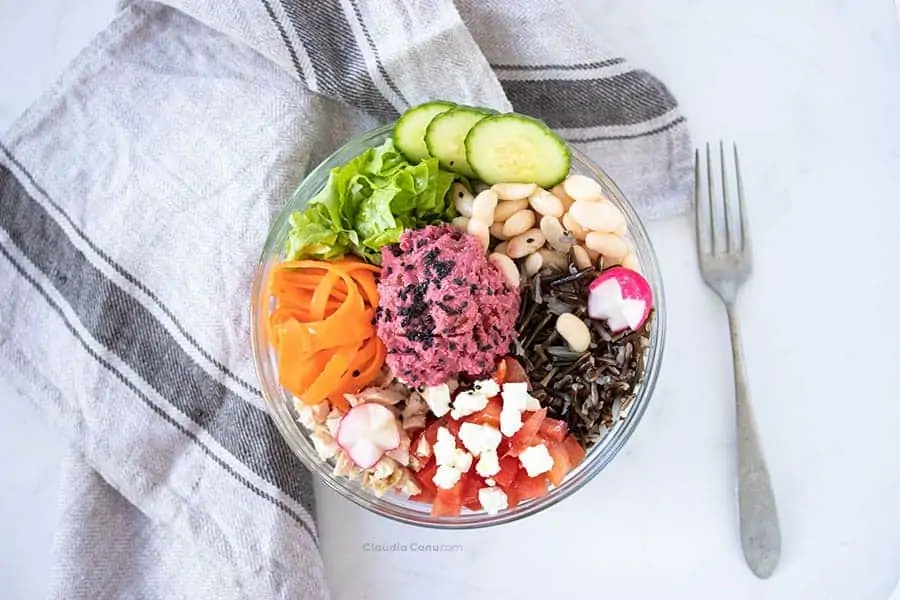
Your turn now: Have you ever tried to cook wild rice? If not, do you think you will give this food a try?
I hope you’ll find the information useful and don’t hesitate to leave a comment below if you have any questions.
As always, I appreciate you stopping by my blog, and if you think this post might help someone you know to make even a small step to a healthier lifestyle, please don’t hesitate to share it away!
Happy Healthy Eating!
A big hug,


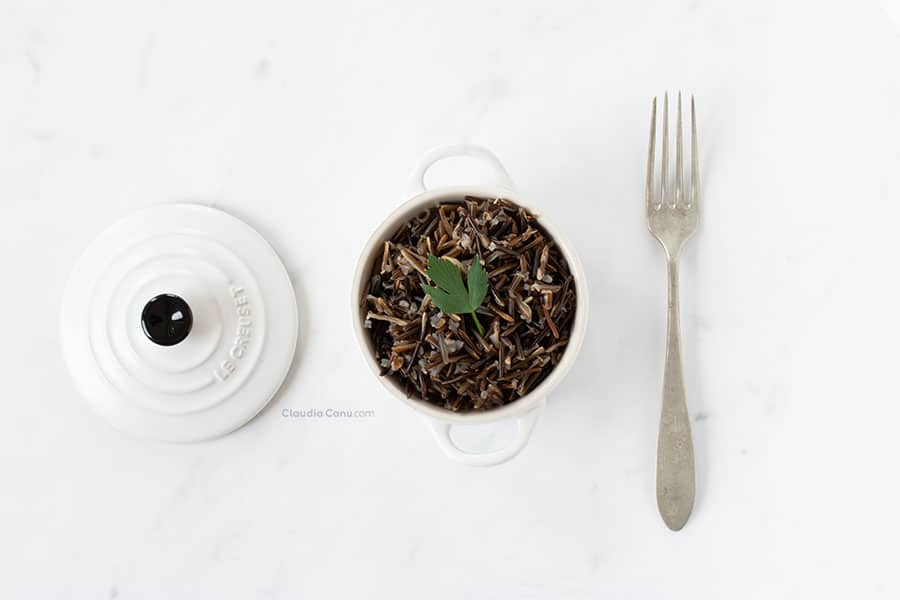
Tools needed for this recipe

How To Cook Wild Rice
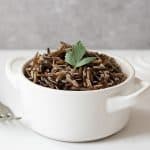
Wild rice is a great option for Meal Planning or Batch Cooking. It’s nutty and delicate taste makes this food a delicious ingredient to be used in different dishes; such as salads or Buddha Bowls.
- Author: Claudia Canu
- Prep Time: 5 minutes
- Cook Time: 40 min
- Total Time: 45 min
- Yield: 5 1x
- Category: Lunch
- Method: Cooking
- Cuisine: Healthy
- Diet: Gluten Free
Ingredients
1 cup of wild rice
3 cups of water
½ teaspoon salt
GET A 30-DAY FREE TRIAL AND BUY YOUR INGREDIENTS ONLINE
Instructions
- Add water and salt into a pot and bring it to a boil.
- Rinse the rice, add it to the boiling water and stir.
- Cover the pot with a lid and bring it to a boil again.
- Turn the heat to medium-low and leave the lid slightly open.
- Let the rice simmer for 40 to 45 minutes.
- After 40 minutes, check the texture. It shouldn’t be hard in the middle.
- If there is still water left, drain.
- Your wild rice is ready to be enjoyed!
Notes
HOW TO STORE IT
Cooked wild rice can be stored in the fridge, in an airtight glass container, for about 5 days.
I don’t recommend to freeze it.
Keywords: wild rice, how to cook, type of rice

Claudia Canu is a former junk food and sugar addict transformed into a Health Motivator with a master’s degree in Nutrition. She has created this website not only to share her “Journey to her Healthy Forties” but also to help other busy women with basic knowledge about nutrition and who don’t love cooking, to live a healthier life, and achieve big goals.
To get in contact with Claudia, visit the contact page. To read more about her, click here.
You may also like
8 responses to “Wild Rice – How To Cook It And Why Eat It”
Leave a Reply Cancel reply
This site uses Akismet to reduce spam. Learn how your comment data is processed.
Hi, I’m Claudia
I’m a Health Motivator, I hold a master’s degree in Nutrition and Dietetics and I’m dedicated to making it easier for you to live a healthier life.
More about me
Featured in




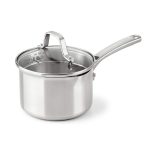




I love wild rice and will often use it in a stuffing mix or all sorts of things, it has such a great earthy nutty flavour.
★★★★★
I’ll need to try it for stuffing! Thank you, Brian!
I love recipes that tell us nutritional factors which actually benefit our health. This is good news! (Anthocyanins, a defense mechanism for the plant that is beneficial for human health.)
★★★★★
Thank you Jeannette! You can find information about nutritional benefits in all my recipes 😉
Wild rice is actually my favorite rice! It has such an amazing flavor, and holds up really well in casseroles and soups. While it is expensive, it’s definitely worth the price for the flavor!
★★★★★
I agree! Thank you for stopping by!
I love the nuttiness of wild rice but I tend to cook a batch of it and freeze it in small portions to add to other dishes when I need to. You’ve reminded me that I haven’t had some in a while – delicious!
★★★★★
Doesn’t the rice become mushy after the thaw? I tried once with white rice and I didn’t like its taste. I have still to try it with the wild rice though.